
Dog bloat is a common condition that can be dangerous, even deadly. Know the signs so you can recognize when your pup needs help, say the vets
TEXT: TEAM BUDDY LIFE
As pet parents we have all undergone the horrifying incident of our fur babies experiencing bloat. And it is unbearable both for the pet parent and the pooch. Bloat is a condition in which food or gas stretches your dog’s stomach, causing immense abdominal pain. Bloat can also put pressure on the diaphragm, a thin muscle that separates the chest from the abdomen, leading to troubled breathing. “Bloating is a common issue in pet dogs. The main cause of bloating is taking a large meal, especially carbohydrate rich, in one go and excess running and playing afterwards,” explains Dr Kumar Ravi of Indirapuram Pet Clinic in Ghaziabad.
When bloat occurs, the dog’s stomach becomes distended and cuts off blood flow to the abdomen as well as the stomach itself. This may cause injury to the stomach wall and without treatment, may damage other organs as well. “German Shepherd, Great Dane, Saint Bernard, Boxer, Doberman, Akita, Irish Setter and Basset Hound are some of the breeds that are prone to bloat,” says Dr RK Mawai, director of NLPC Veterinary Pharmaceuticals, Newlife Pet Clinic & Pet Shop in Gwalior.
All vets would agree that bloats require immediate medical attention to determine the severity. If bloat is treated immediately, it is usually curable. If it is a simple bloat, where the dog’s stomach has not twisted, then it can be managed without medication, but may need fluids and other treatments.
As Dr GD Bhatti, veterinary officer at the Govt Veterinary Hospital, New Delhi, says, “Dogs are voracious eaters and can eat anything ranging from polythene, wood, mud, sand and chalk. After they eat such things which are not digestible, it goes into the stomach and causes indigestion, vomiting and loose motions accompanied by stomach ache as well. But the dog can’t tell the problem. So, we have to judge. With my personal experience, I tap on the stomach on the left side of the animal. If there is a drum-like sound, I know that there is bloating.”
Bloat is an uncomfortable and painful health emergency for dogs. As Dr Kumar Ravi and Dr Girish Kalra both diagnose and explain, a dog with bloat may:
- Dry-heave (also called retching) without vomiting any food. Sometimes a dog might spit out white foam when trying to vomit, which is usually mucus from the oesophagus or stomach.
- Have abdominal distention (this might not be visible in the early stages of bloat).
- Experience sudden anxiety, pacing, an inability to get comfortable or constantly moving around the room/house.
- Looking back at their belly.
- Position themselves in downward facing dog pose, where the dog’s back half is up and upper half is down.
- Pant and drool.
- Collapse.






Have a racing heartbeat (tachycardia). Have pale gums. Bloat is not really a disease as such but can be easily prevented. At times it is indicative of some underlying health issue as well. Says Dr Mukesh Kumar, who is working with the Uttar Pradesh Government as a Veterinary Medical Officer, “Puppies of furry breeds are seen to be more prone to bloating although it’s not really a hard and fast rule. Sometimes, bloat happens due to stomach worms and consumption of gas making food like milk. So, please avoid this type of food and get deworming in time.”
Other degrees of bloat, including GDV, can also be curable if diagnosed in the early stages. These conditions are usually treated with immediate surgery. “Having too much carbohydrates, exercise just after having food along with too much fruit may result in bloat. But the pet parents can prevent the bloat by not using a raised bowl unless your vet says your dog needs one, train your dog to have rest after having food.
Feed them a few small meals throughout the day instead of one or two large ones. Make sure they drink a normal amount of water,” says Dr Kunal Chakraborty, a veterinary surgeon from Hooghly in West Bengal.
Adds Dr Kumar Ravi, “Effective way to prevent bloating is to give three-four small meals instead of a single large meal and avoid strenuous activities like running after meals.” Says Dr Girish Kalra: “Other than above points, we must abstain from giving the fur babies any kind of human or stale food.” Adds Dr RK Mawai, “There are times when even dry food can cause bloat if it is eaten in large quantities.”
Vets suggest that bloat can be dangerous, even deadly. It could result in Gastric Dilatation and Volvulus Syndrome. Dogs having bloat, need to consult with the nearest vet with multi-speciality facilities. After proper diagnosis, dogs with simple bloat tend to bounce back into their normal lives and routines 1 to 2 days after receiving fluids and taking frequent walks.
Following GDV surgery, a dog will remain in the hospital until pain is controlled, blood tests indicate normal enzyme levels, and the dog is eating and drinking well on his own. Length of time in the hospital depends on the dog’s health history and severity of bloat, and may be anywhere from one to, two days, to up to a week or more.
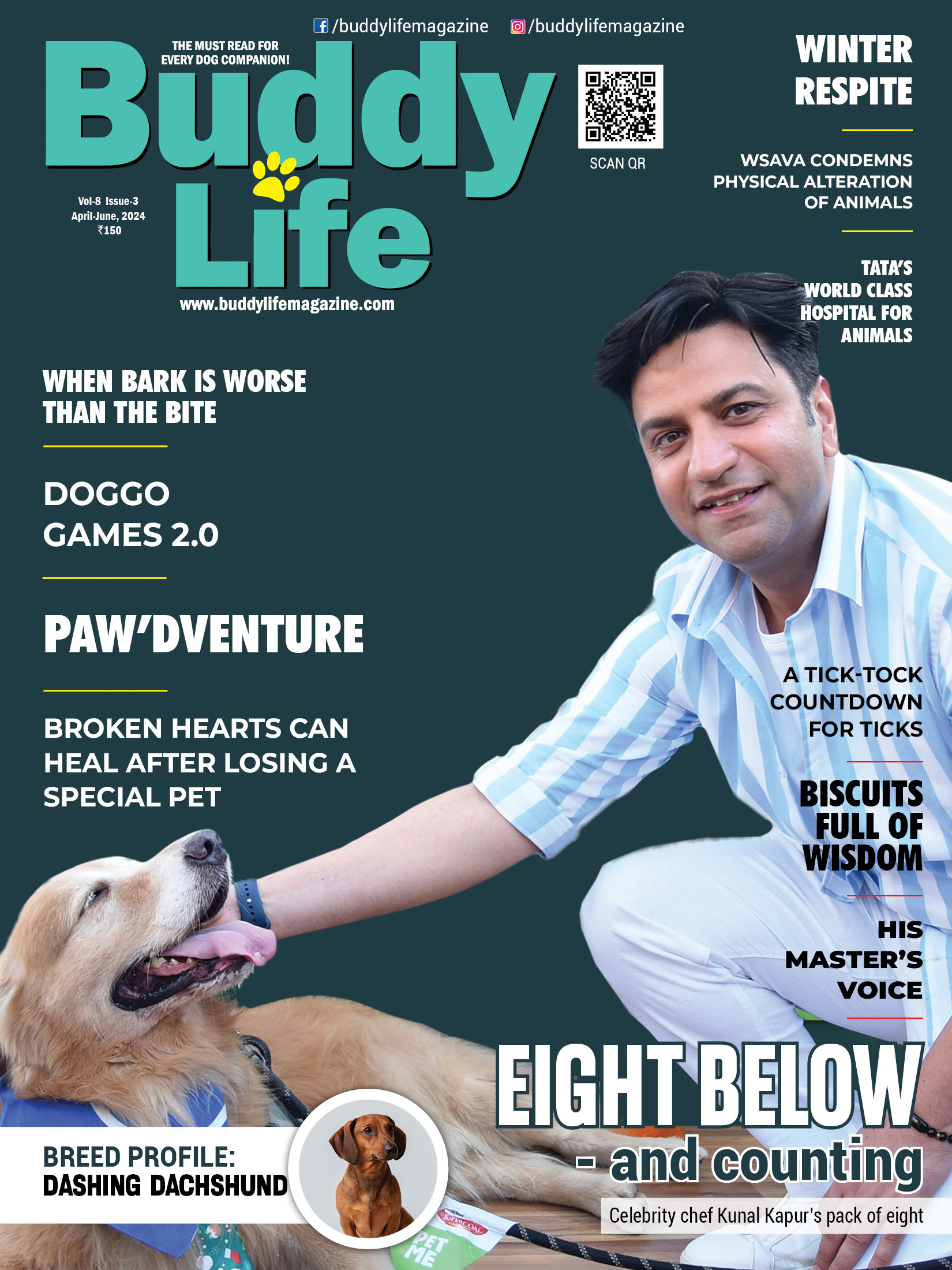




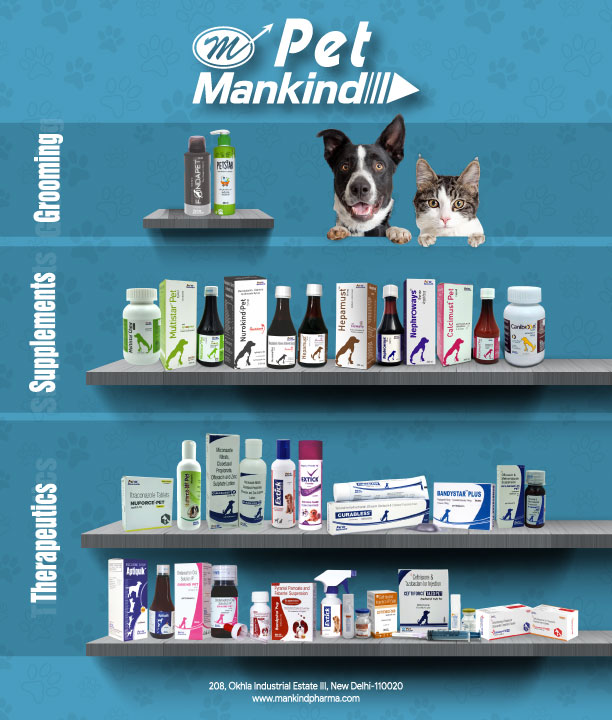

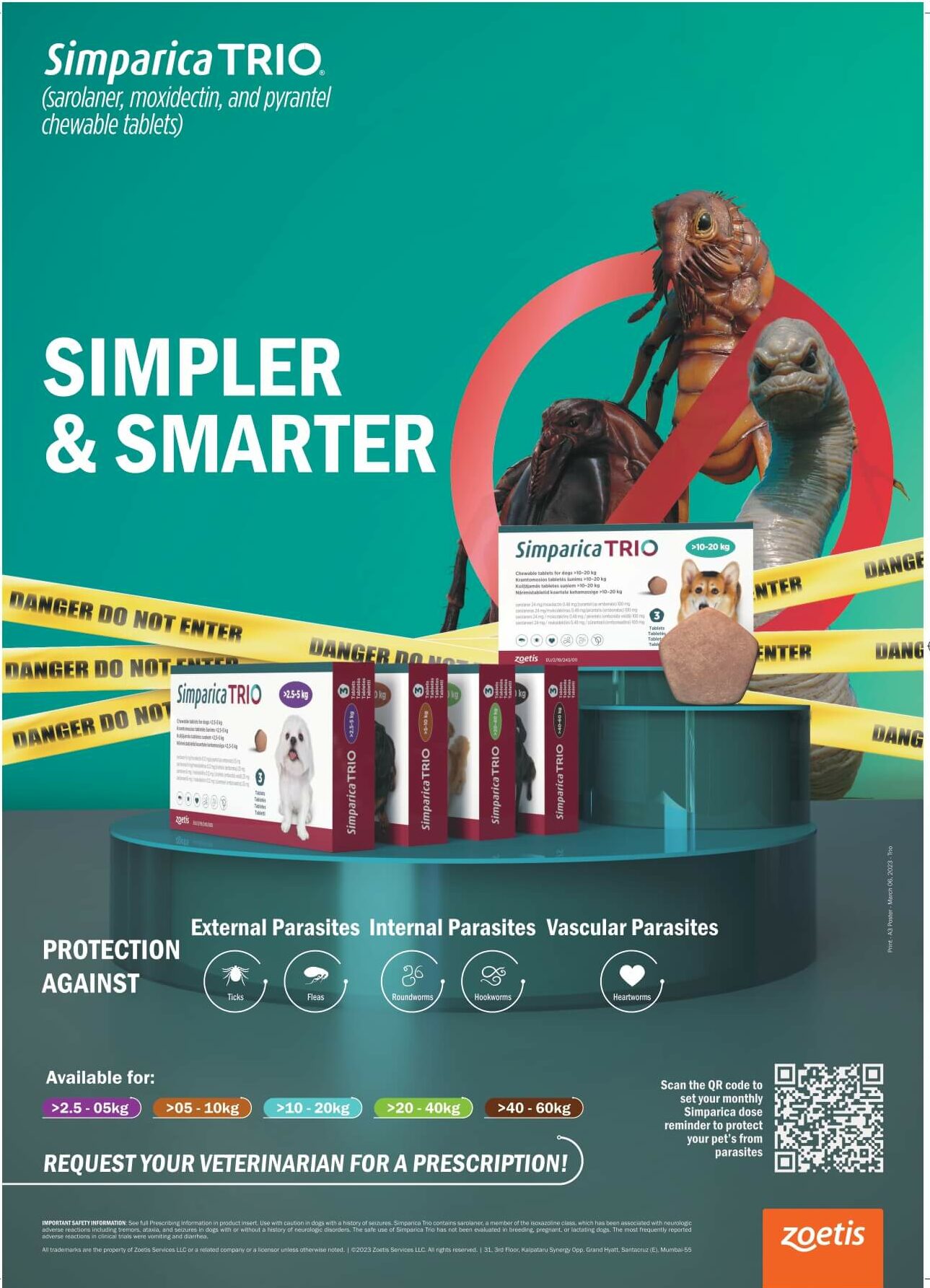
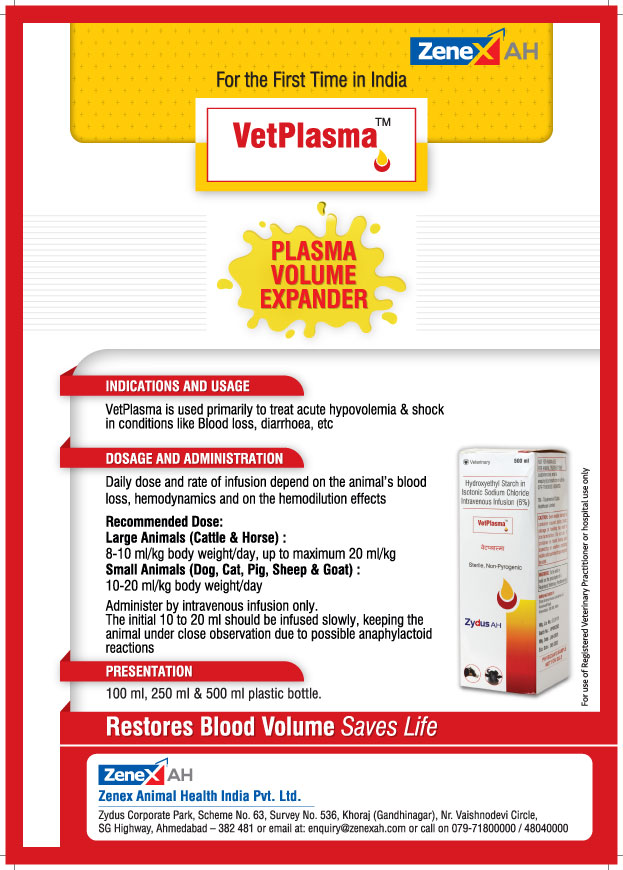

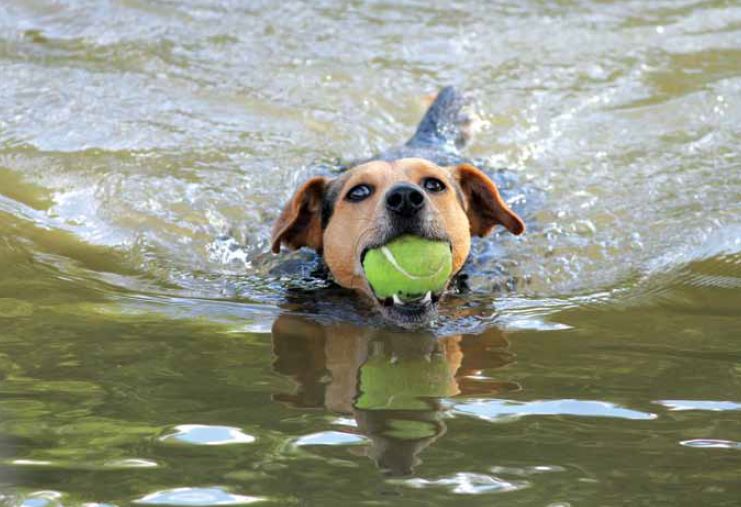 " >
" >
 " >
" >